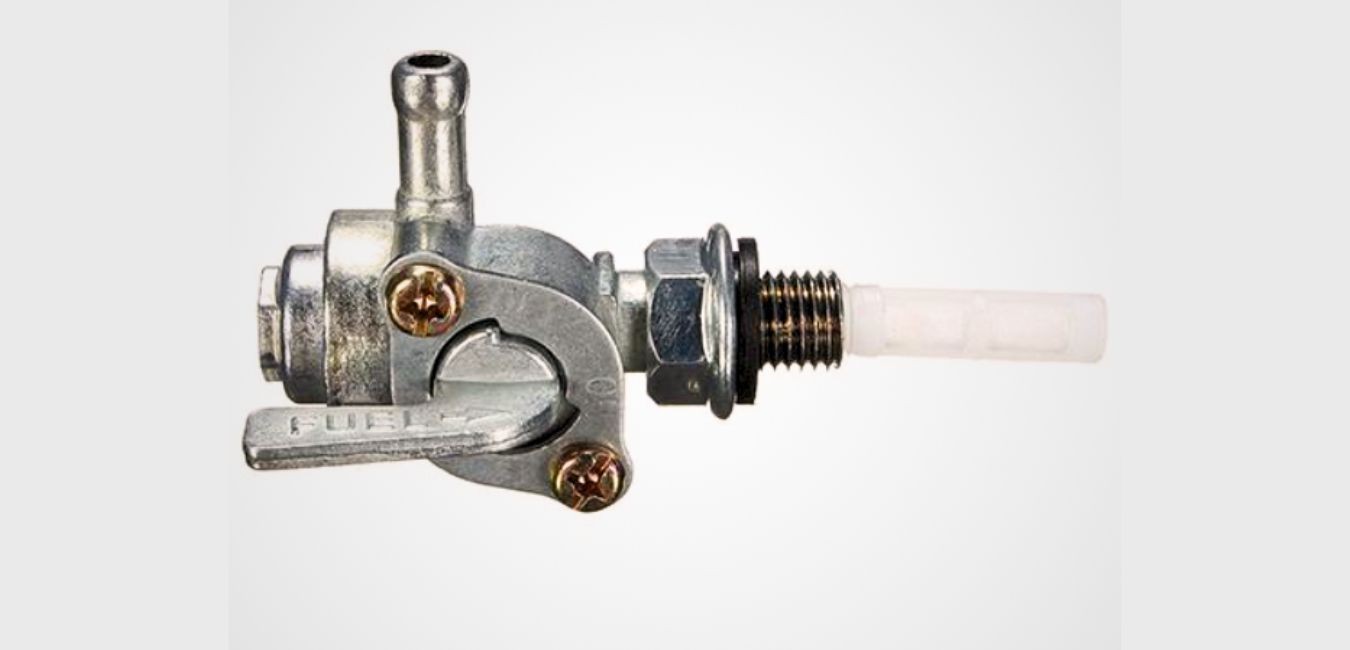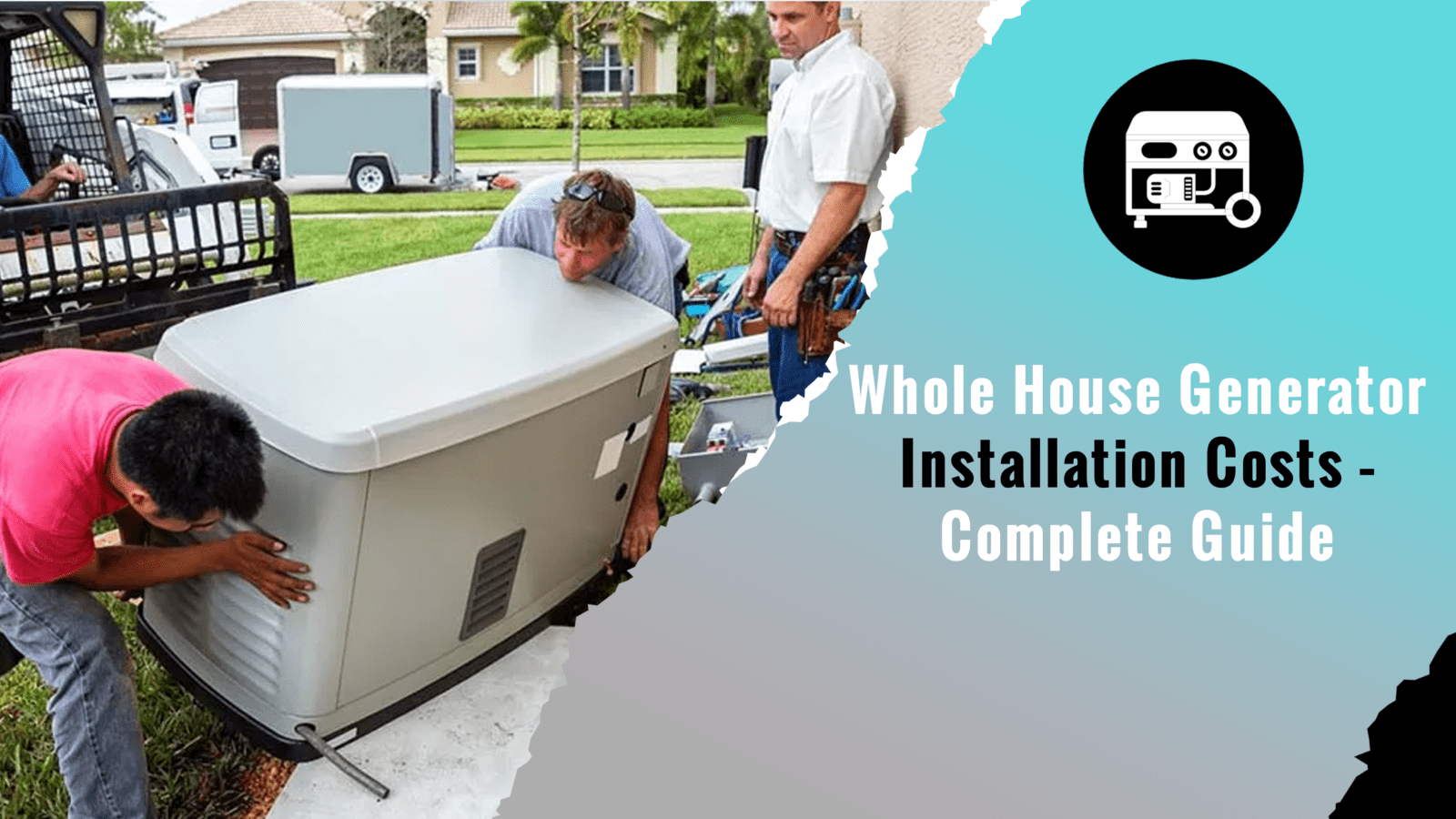Are you struggling to start your generator after it has been sitting for a while? Don’t panic, because you’re not alone.
Generators are crucial tools for supplying power in various situations, from powering homes during power outages to providing electricity to outdoor events. Like any other mechanical device that needs regular maintenance and care. But if you’ve neglected yours for some time and your generator has not been started in years, then starting it up again can seem daunting.
Power outages can happen at any time, and having a generator on standby could be the difference between being stuck in the dark or keeping your appliances running. However, if your generator has been shut down for a long time, starting it up again might not be as easy as you think. Don’t fret! In this article, we’ll provide you with step-by-step instructions, tips, and much more on how to start a generator that has been sitting for years. So let’s get started and power on those generators!
What is the Longest Time That Gas Can be Left in a Generator?
Gasoline is a vital fuel source for any generator. However, it can break down over time and lose its effectiveness. The shelf life of gasoline depends on a variety of factors such as temperature, humidity, and the presence of contaminants.
Typically, gasoline has a shelf life of around 6 to 12 months if stored under ideal conditions. But in reality, most generators are not operated frequently enough to use up all the fuel within that timeframe.
If your generator has been sitting idle with gasoline for more than six months or longer without being used, then you might have problems starting it up again. Gasoline can form varnish-like deposits inside the carburetor which could clog essential components like jets and needles.
An Overview of What to Do!
When it comes to generators, there are times when you might encounter some problems. If your generator has been sitting for a while and doesn’t start up or runs poorly, don’t panic! Troubleshooting is the first step in identifying what’s wrong with your generator.
The first thing you need to do is check the oil level and add more if necessary. Low oil levels can cause your engine to seize up or run poorly, so make sure you have enough oil before starting your generator. Next, examine the fuel level and refill it if needed. A lack of fuel can be one reason why your generator won’t start or performance issues arise.

Troubleshooting these common issues should help get your generator back up and running smoothly without needing major repairs.
Things You Need to Do to Start a Generator That Has Been Sitting/Doesn’t Start Up
The following are the things to try when your generator won’t start up because it has been sitting for quite some time.
1. Inspect the level of oil and supplement it with more if required
The oil is the most critical component of any engine, and generators are no exception. Before starting a generator that has been sitting for a while, it’s important to inspect the oil level and make sure it’s at an optimal level. Low oil levels can cause damage to your generator or even stop it from working altogether.
If you find that there isn’t enough oil in your generator, add more until it reaches the full line. And be careful not to overfill as this could also cause problems.
2. Examine the fuel level and refill it if needed.
One of the most common reasons why generators fail to start up is because they do not have enough fuel. Before starting your generator, it is important to examine the fuel level and if the fuel level is low then you must refill it.
If still your generator isn’t starting properly there might be water or debris in the gas tank. So try to drain out any remaining old fuel before refilling it with fresh gasoline.
3. Evaluate the fuel valve.
It’s also important to evaluate the fuel valve, The fuel valve controls the flow of gasoline from the tank to the carburetor. If there’s an issue with this part, then starting up your generator will be impossible.
By evaluating your generator’s fuel valve regularly and ensuring that everything is functioning correctly, you’ll avoid potential problems when trying to start your machine after long periods of disuse.

4. Examine the positioning of the choke
Next, you can also check on how you’ve positioned the choke, the choke controls the amount of air that enters the engine during startup. If the choke is not positioned correctly or is malfunctioning, it can lead to problems with starting up your generator. It’s recommended to inspect and clean out any debris from around the carburetor before adjusting the choke.
5. Inspect the spark plug and the ignition coil
Inspecting spark plugs and ignition coils helps identify whether they’re working properly – replacing them would be ideal every 6 months as recommended by manufacturers since wear & tear could lead to unintended electrical problems like underfiring that could harm other parts of an engine system such as pistons.
6. Oil sensor examination
Next, you should also pay attention to where your oil sensor is located. The purpose of this component is to monitor and measure levels in order for you to know when it needs changing or refilling. Make sure that there are no leaks or damage present around this area before proceeding with starting up your generator.
7. Evaluate the air filter and clean or substitute it with a new one if required.
The air filter is one of the most important components of a generator. It prevents dirt and debris from entering the engine, which can cause damage over time. If your generator has been sitting for an extended period, it’s possible that the air filter may be clogged with dust or other particles.
To evaluate the air filter, first, locate it on your generator. It is typically located near the carburetor and fuel tank. Remove it carefully and inspect its condition. If you notice any visible signs of wear or tear or if it looks dirty, then cleaning or replacement might be necessary.

8. Tidy up the carburetor
If you’re having trouble starting up your generator after following all these steps, then cleaning out its carburetor might be necessary as well since old gas tends to leave deposits behind which can clog carburetors causing them not to work properly.
To tidy up the carburetor, you’ll need to turn off the fuel valve and remove it from the carburetor inlet. Next, clean them thoroughly, and after cleaning everything inside out carefully, work and reassemble them.
What Happens If You Use Old Fuel in Generator?
Using old fuel in a generator is one of the common mistakes that people make. This can lead to several problems, such as poor engine performance and difficulties in starting the generator. The main reason for this is that gasoline can start to degrade after 30 days, affecting its quality and causing moisture buildup.
When you use old fuel in your generator, it may not burn efficiently, leading to incomplete combustion. Therefore, always store your gasoline properly by using an appropriate container designed for long-term storage. Using fresh fuels while frequently running up generators ensures efficient operation while prolonging their lifespan too!
Some Tips to Consider
Now we will go through two tips that would help you a lot, let us dive in:
Always Follow the Manufacturer’s Instruction Guide
First and one of the most important tips to consider when starting a generator that has been sitting is to always follow the manufacturer’s instruction guide. This will ensure that you handle your generator properly and avoid any potential problems.

Ultimately, following the manufacturer’s instructions will help extend the life of your generator and keep it running smoothly for years ahead. So be sure not only to read but also follow them meticulously!
Give a Warm-Up to the Generator before Starting It
Starting a generator is not as simple as flipping a switch. You need to take some precautions before starting it, especially if the generator has been sitting idle for an extended period. One of the things you should do is warm up your generator.
Giving your generator time to warm up allows oil and fuel to circulate properly through all its parts. When the oil warms up, it thins out and lubricates engine components more effectively. Giving your generator sufficient time for warming up before use ensures optimal performance when power failure emergencies arise!
How to Start a Generator That Has Been Sitting – FAQs
Conclusion
Starting a generator that has been sitting idle for a long period of time may seem daunting, but with the right steps, it can be accomplished successfully. Whether it’s been sitting for months or even years, examining the fuel and oil levels, cleaning or changing filters, evaluating the carburetor, using fresh gasoline, and turning off the choke, are essential to get the generator to start.
Proper maintenance and periodic operation can prevent the issues caused by long-term idleness. By following these steps, you can confidently start up your generator and restore power to your electrical devices and appliances.






